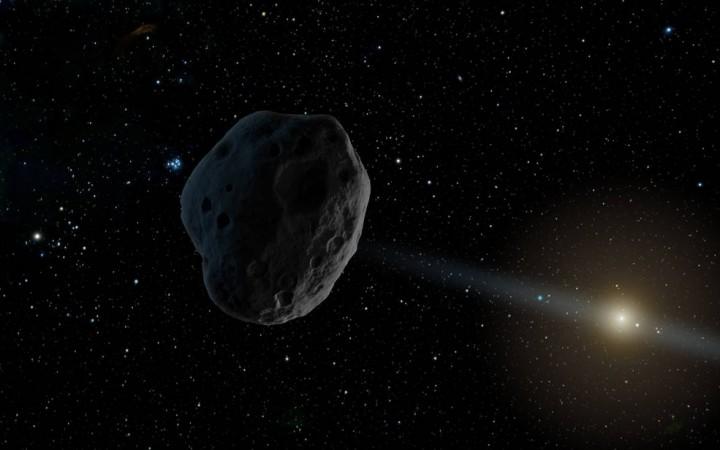
Two celestial objects have been detected by NASA's NEOWISE mission, which was launched in December of 2009.
Also Read: EmDrive: Has the technology started a new space race between US and China?
The NEOWISE project is an asteroid hunting project which has been funded by NASA's Planetary Science Division. "NEO" stands for Near-Earth Object and WISE stands for "Wide-field Infrared Survey Explorer".
One of them is a comet dubbed C/2016 U1 NEOWISE and is likely to turn so luminous that it will be visible through binoculars from now up until January 14, 2017.
"The comet known as C/2016 U1 NEOWISE has a good chance of becoming visible through a good pair of binoculars. On the other hand, they cannot be sure, because a comet's brightness is notoriously unpredictable," Paul Chodas, manager of NASA's Center for Near-Earth Object (NEO) Studies stated.
The other celestial body, 2016 WF9, was detected by the NEOWISE project on November 27, 2016, and rides the blurry line between comet and asteroid, according to a NASA statement.
Scientists, however, know that 2016 WF9 is roughly as big as 0.5 to 1 kilometre (0.3 to 0.6 mile) and is likely to enter Earth's orbit on February 25, 2017. It is not likely to come too close to Earth, a distance of 51 million kilometers (32 million miles) is guesstimated to be maintained between this space object and the planet.
This celestial body nears Jupiter's orbit as it reaches its farthest distance from the Sun. It passes near Mars's orbit and the main asteroid belt over a time span of 4.9 Earth-years after which it swings right inside Earth's orbit. It thenheads back towards the outer part of the solar system. Such space objects are believed to have varying origins.
There are also possibilities that point towards it being a comet. There are chances these two objects originate from C-type asteroids -- also known as "dark objects" -- which are present between the main asteroid belt between the orbits of Mars and Jupiter. The dark colour hints at their carbonaceous composition.
"2016 WF9 could have cometary origins," Deputy Principal Investigator James "Gerbs" Bauer at JPL was quoted by NASA.
"This object illustrates that the boundary between asteroids and comets is a blurry one; perhaps over time this object has lost the majority of the volatiles that linger on or just under its surface," Bauer said further.














